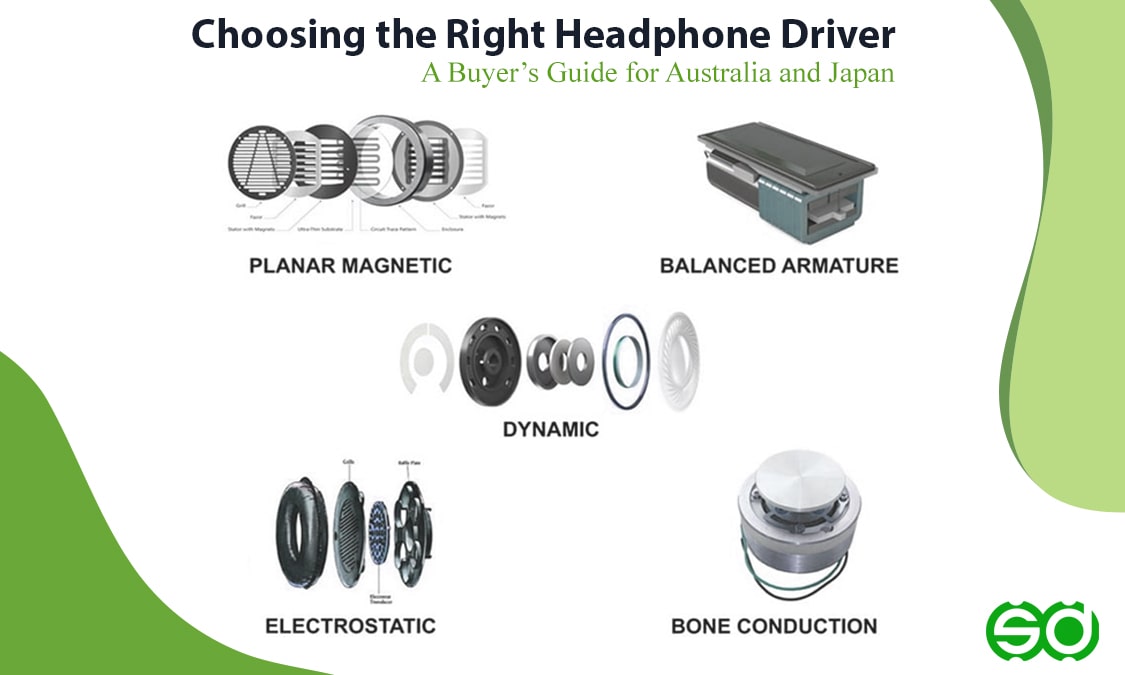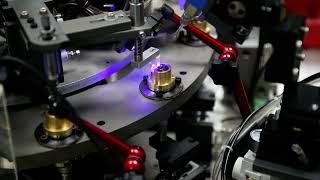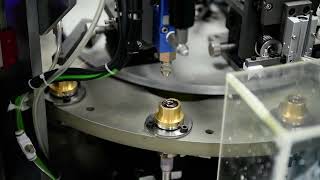Choosing the Right Headphone Driver: A Buyer’s Guide for Australia and Japan
Whether you're a casual listener or a serious audiophile, selecting the right headphone driver is crucial to achieving optimal sound. In Australia and Japan, headphone usage trends reflect differing lifestyles and listening habits, which influence the choice of drivers used in consumer and professional-grade headphones.
Regional Usage Trends
- Australia: A growing market for gaming headphones and everyday wireless models prioritizing comfort and bass.
- Japan: Strong audiophile culture with a focus on high-fidelity (hi-fi) headphones, emphasizing accurate and neutral sound.
Common Driver Types in Popular Models
- Dynamic Drivers: Most common; offer strong bass and are widely used in both markets for everyday listening.
- Planar Magnetic Drivers: Popular in Japan among audiophiles for their precision and low distortion.
- Balanced Armature Drivers: Found in high-end IEMs (in-ear monitors), often used in Japanese studio or live performance contexts.
- Hybrid Drivers: Combine dynamic and balanced armature drivers for detailed sound, trending in both regions.
- Electrostatic Drivers: Known for excellent clarity and minimal distortion, used in premium audiophile headphones.
- Magnetostatic (Ribbon) Drivers: Used in some niche studio applications for their fidelity and fast response time.
- Bone Conduction Drivers: Popular in sports headphones; transmit sound via cheekbones while leaving ears open.
Cultural Preferences and Acoustic Expectations
- Japan: Preference for clarity, detail, and flat response curves. Hi-fi lovers seek accurate reproduction of instruments and vocals.
- Australia: Broader use for streaming, calls, and gaming. Emphasis on bass impact and spatial sound for immersive experiences.
How to Choose the Right Driver Based on Usage
- For Gaming (Australia): Opt for large dynamic drivers (40mm+) with virtual surround sound and good bass response.
- For Hi-Fi Listening (Japan): Planar magnetic or hybrid drivers with wide frequency response and low THD (Total Harmonic Distortion).
- For Everyday Use: Dynamic drivers around 30-40mm, tuned for balanced output and low power consumption.
- For Portable/On-the-Go: Compact balanced armature or hybrid earphones with good isolation and detail clarity.
Driver Type Comparison Table
| Driver Type | Strengths | Weaknesses | Common Use Cases |
|---|---|---|---|
| Dynamic | Strong bass, cost-effective | May lack detail | Everyday headphones, gaming |
| Balanced Armature | Detailed mids/highs, compact size | Weak bass, expensive | IEMs, studio monitors |
| Planar Magnetic | Precise sound, low distortion | Bulky, power-hungry | Audiophile over-ear headphones |
| Electrostatic | Extremely clear and open sound | Expensive, requires amp | Audiophile listening |
| Magnetostatic (Ribbon) | High fidelity, fast response | Fragile, niche | Studio-grade headphones |
| Bone Conduction | Bypasses eardrums, safe for outdoor | Lacks full-range fidelity | Sports, outdoor safety |
| Hybrid | Combines bass and detail drivers | Complex, more expensive | High-end TWS, hybrid IEMs |
Power and Device Compatibility Tips
- Choose low impedance (under 32Ω) drivers for use with smartphones or laptops.
- High-impedance drivers (60Ω+) often require a dedicated headphone amp for optimal performance.
- Sensitivity above 100 dB ensures loud, efficient sound with minimal power.
Conclusion: Tailor Your Headphones to Your Needs
There is no one-size-fits-all headphone driver. The right choice depends on your environment, preferences, and how you intend to use your headphones. Australian users may benefit from bass-forward, immersive sound, while Japanese audiophiles might prefer flat-response drivers that reveal audio subtleties. Matching driver type and size to your purpose ensures a more satisfying listening experience.
"From casual gaming to studio-grade hi-fi, the right headphone driver brings your sound to life – wherever you are in the world."










